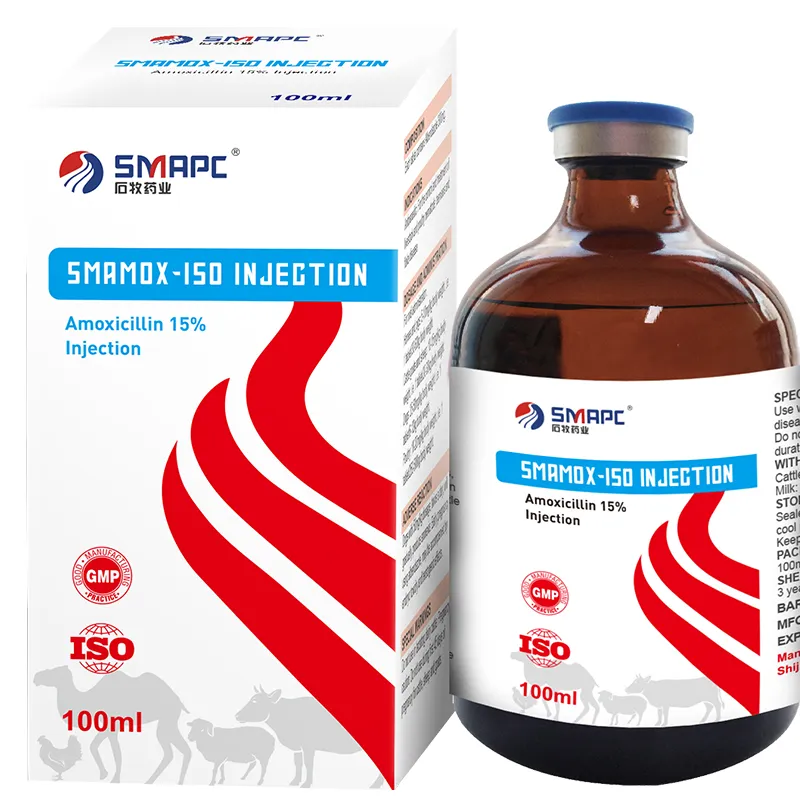Aug . 01, 2024 01:09 Back to list
Exploring the Use of Oral Antibiotics in Cattle Management and Health Improvement Strategies
Oral Antibiotics for Cows An Overview
In modern animal husbandry, the health and well-being of livestock are paramount for both productivity and the welfare of the animals themselves. Among the various interventions available to veterinarians and farmers, the use of oral antibiotics has emerged as a critical tool in managing infections and ensuring the health of cows. This article will explore the role of oral antibiotics in bovine medicine, their benefits and challenges, and the importance of responsible usage.
Understanding Oral Antibiotics
Oral antibiotics are medications administered through the mouth to treat bacterial infections. In cows, these antibiotics play a crucial role in addressing infections that can affect various parts of the body, including the lungs, udder, and gastrointestinal tract. Common conditions treated with oral antibiotics include mastitis, pneumonia, and foot rot, all of which can significantly impact a cow’s health and productivity.
One of the key advantages of oral antibiotics is their ease of administration. Unlike injectables, which may require specialized skills, oral solutions or boluses can often be given by farmers or caregivers with relative ease. This accessibility is particularly important in ensuring timely treatment, which can be the difference between a quick recovery and exacerbated health problems.
Benefits of Oral Antibiotics
The use of oral antibiotics in cows has led to substantial improvements in herd health and productivity. When diseases are effectively treated, cows can return to optimal production levels, leading to higher milk yields and healthier body weights. In addition, healthier animals mean lower veterinary costs over time and improved economic returns for dairy and beef producers.
oral antibiotics for cows

Furthermore, oral antibiotics can be a vital part of preventative care. In cases where herds are at risk of infections—such as during weaning or transportation—prophylactic antibiotic use can help mitigate outbreaks, preserving the health of the entire herd.
Challenges and Responsible Use
Despite their benefits, the use of oral antibiotics is not without challenges. One major concern is the potential for antibiotic resistance, a significant issue not only in human medicine but also in veterinary practice. Overuse or misuse of antibiotics can promote the development of resistant bacteria, which can render certain treatments ineffective. This is particularly concerning in environments where cows are raised in close quarters, as bacteria can spread quickly among animals.
To combat this issue, it is essential for farmers and veterinarians to adopt a judicious approach to antibiotic use. This includes accurate diagnosis, following dosing guidelines, and exploring alternative management practices such as improved nutrition and hygiene. Additionally, ongoing education and training for livestock producers about the responsible use of antibiotics can help ensure that these vital medications remain effective for future generations.
Conclusion
Oral antibiotics are an invaluable aspect of modern bovine health management, allowing for effective treatment of infections and contributing to the overall productivity of cows. However, with their benefits comes the responsibility to use them wisely to prevent issues such as antibiotic resistance. By fostering a culture of responsible antibiotic use and integrating alternative health management strategies, the livestock industry can continue to ensure the health and productivity of cows while safeguarding public health. It is a challenging but essential balancing act that will require collaboration among farmers, veterinarians, and policymakers to achieve sustainable outcomes in bovine medicine.
-
Vital Solutions for Healthy and Productive SwineNewsJul.08,2025
-
Veterinary Powder Is VitalNewsJul.08,2025
-
Understanding Prescription Drugs for AnimalsNewsJul.08,2025
-
Understanding Poultry MedicineNewsJul.08,2025
-
The First Line of Defense in Animal HealthNewsJul.08,2025
-
Role of Veterinary Drug in Modern Animal HealthcareNewsJul.08,2025
Products categories







